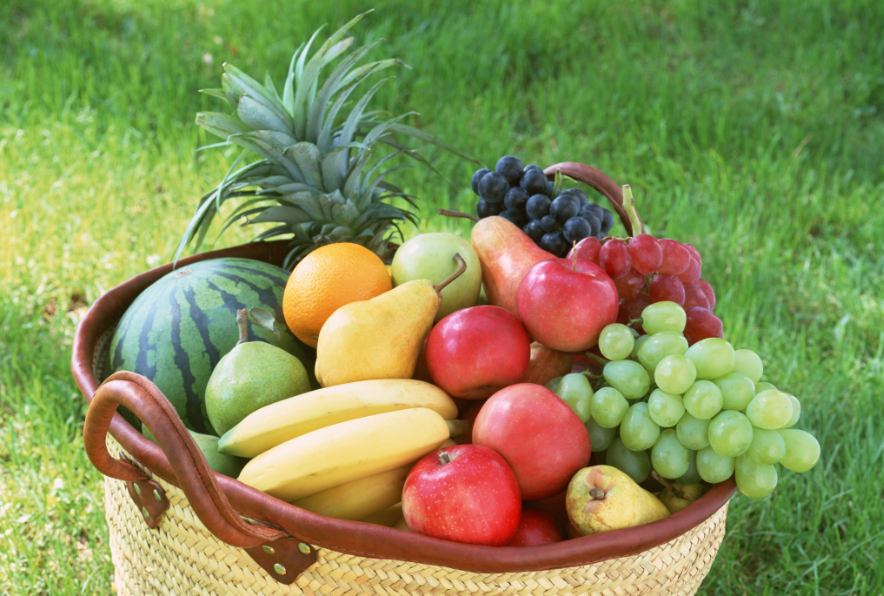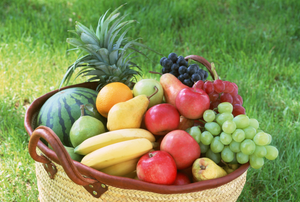
Standard and methods for fruit inspection and factory inspection services
Fruits, as an important part of the fresh produce category, their quality control is of vital importance during the inspection, factory verification, and product inspection and certification processes. This article will systematically elaborate on the inspection standards, testing methods, and quality certification requirements for fruits, providing professional technical guidance for industry practitioners.
I. Fruit Purchase and Order Certification System
(1) Certification Standards for Purchase Plans
Seasonal Purchase Certification
Seasonal procurement: Develop procurement plans based on the seasonal characteristics of fruits.
Output assessment: Prioritize purchasing during peak seasons to ensure quality and price advantages.
Variety diversity: Attract customers through seasonal varieties to enhance competitiveness
Promotional procurement certification
Special Offer Product Procurement: Seize the Opportunity to Purchase at Special Prices from Suppliers
Holiday stock preparation: Develop special plans for major promotional events
Cost control: Enhance profit margin through cost-effective purchasing
(2) Order Process Certification Standards
Sales-oriented Ordering
Data reference: Based on recent sales figures and historical data from the same period
Predictive analysis: Precise ordering based on the procurement plan
Inventory control: Prevent overstocking and stockouts
Quality-oriented ordering
Quality assessment: Refer to the recent quality level of supply.
Price correlation: Determine the purchase price based on the quality grade.
Supply stability: Assess the supplier's ability to fulfill contracts
II. Fruit Quality Inspection and Certification System
(1) Quality Grade Certification Standards
Qualified Quality Certification
Pest and disease inspection: No visible symptoms of pests or diseases were found.
Safety inspection: No pesticide residue exceeds the standard.
Pollution control: No heavy metal pollution
Appearance quality certification
Color inspection: Meets the color characteristics of the variety.
Form inspection: Uniform size, regular shape
Surface quality: No scars, wrinkles, or damages.
Taste quality certification
Maturity assessment: Appropriate edible maturity
Sugarcacity test: Meets the flavor characteristics of the variety.
Texture assessment: Moderate in firmness and juiciness.
(2) Packaging and Transportation Certification
Packaging Quality Inspection
Outer box integrity: No damage or deformation
Inner lining protection: Sufficient cushioning protection materials
Identification standard: The information about the origin and grade is accurate.
Cold chain certification
Temperature control: Full-process refrigerated transportation
Humidity management: Appropriate storage humidity
Timeliness guarantee: The transportation will be completed within the specified time.
III. Fruit Inspection and Certification Operating Standards
(1) General Inspection and Certification Standards
Appearance Inspection Certification
Pit inspection: Good luster, no wrinkles
Completeness check: No cracking, no juice leakage
Stability test: The fruits do not fall off, and the fruit stalks remain green.
Quality inspection and certification
Maturity assessment: Neither overcooked nor undercooked
Damage inspection: No pressure injuries or bumps.
Disease identification: No signs of rotting or moldiness.
(2) Special Certification Standards for Categories
Certification for Citrus Products Inspection
Umbrella orange: The fruit has a round shape, with an orange-red skin, and each fruit weighs 300 to 400 grams.
Mandarin tangerine: The fruit has an oblong shape, with rich flesh. The weight of a single fruit ranges from 1500 to 2000 grams.
Lemon: Oval-shaped fruit, with bright yellow skin and abundant juice that is sour in taste.
Apple product inspection and certification
Grapefruit: The fruit shape is long and round, and the skin is deep red and shiny.
Red Fuji: The fruit has a flat round shape and the skin is pink with stripes.
Green apple: The skin is greenish with white spots, and it is firm and shiny.
Pear Inspection and Certification
Crystal pear: The fruit skin is yellow and shiny, smooth and lustrous.
Sweet pear: The fruit skin is pale yellow with red stripes.
Gongli pear: The fruit skin is light yellow, and it is juicy and firm.
Berry product inspection and certification
Strawberries: The berries are plump and the stems are bright green.
Strawberry: Brightly red in color, but not fully ripe.
Kiwi fruit: The fuzz is intact and the flesh is bright green.
Melon product inspection and certification
Watermelon: The skin is rough and has patterns, and the shape is elliptical.
Watermelon: Well-formed fruit shape, clear patterns
Melon: Smooth skin, firm and sweetly fragrant.
IV. Receipt and Inspection Certification Process
(1) On-site Inspection Certification
Sampling Inspection Standards
Sampling ratio: The sampling quantity is determined based on the batch size.
Testing method: Random sampling, stratified testing
Judgment criteria: Based on the quality grade standards
Quality assessment certification
Qualified product: Meets all quality standards.
Defective product: Some indicators slightly do not meet the requirements.
Non-conforming product: It has serious quality defects.
(2) Problem Resolution Certification
Quality Dispute Resolution
On-site confirmation: Both the supplier and the buyer conduct on-site verification of the quality issues.
Record retention: Take photos as evidence, make detailed records
Solution: Return, exchange or discount handling
Claim process certification
Evidence collection: A complete chain of evidence for the questions
Responsibility determination: Clarify the attribution of responsibility
Compensation execution: Carry out compensation in accordance with the terms of the contract
V. Quality Control for Storage and Sales
(1) Warehouse Management Certification
Temperature Control Standards
Refrigeration temperature: Set the appropriate temperature according to the variety.
Humidity management: Maintain the appropriate storage humidity
Ventilation requirements: Ensure proper air circulation
Inventory Management Certification
First In, First Out: Goods are withdrawn in the order of their entry into the warehouse.
Regular inspection: Daily quality inspection
Handle promptly: Address any issues immediately
(2) Sales Quality Management
Display Standard Certification
Display environment: Appropriate temperature and humidity conditions
Placement requirements: Keep in neat and orderly arrangement, avoid squeezing.
The labels are clear: the prices and origin information are accurate.
Quality Control Certification
Daily inspection: Regularly check the quality of the goods
Handle promptly: Address quality issues immediately upon discovery
Customer feedback: Pay attention to customer quality feedback
VI. Continuous Improvement System Certification
(1) Supplier Management Certification
Supplier Evaluation
Qualification review: Business license, production license
Quality system: Quality management certification status
Performance capability: Evaluation of supply stability
Performance Management
Quality score: Regular quality performance evaluation
Problem Tracking: Quality Issue Rectification Tracking
Survival of the fittest: Optimizing the supplier structure
(2) Quality Traceability Certification
Traceability System
Origin traceability: Records the origin information of fruits
Process Record: Document the transportation and storage process
Root cause analysis: Establish a problem traceability mechanism
Improvement mechanism
Problem analysis: Regularly analyze quality issues
Measure formulation: Formulate improvement measures
Effect verification: Verification of the effectiveness of improvement measures
By establishing a comprehensive fruit inspection and certification system and strictly implementing quality control throughout the entire process from procurement to sales, it is possible to effectively ensure the quality and safety of fruit products, provide consumers with fresh and high-quality fruit items, and promote the standardized development of the fruit industry.
Share this product

Standard and methods for fruit inspection and factory inspection servi
Fruits, as an important part of the fresh produce category, require strict quality control during the inspection and factory verification processes.
